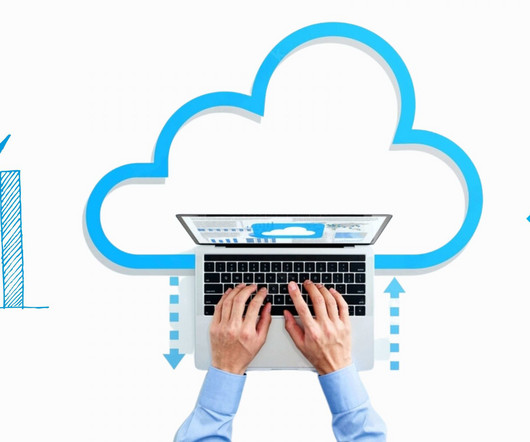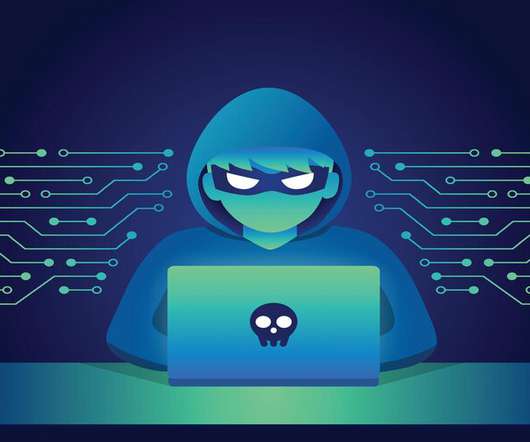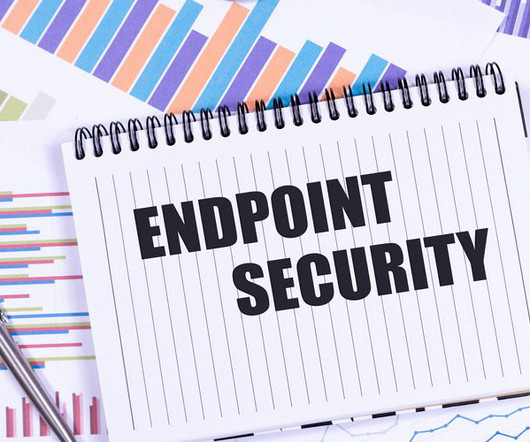IT Risk Assessment: Is Your Plan Up to Scratch?
Kaseya
DECEMBER 7, 2021
There are three sub-steps to risk mitigation: Risk prevention: Patching applications and operating systems on time, using the right security tools like antivirus/antimalware, firewalls and intrusion detection tools can help prevent cyberattacks.

















Let's personalize your content